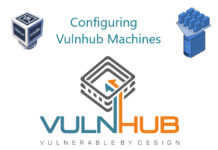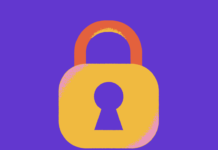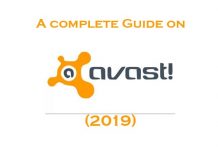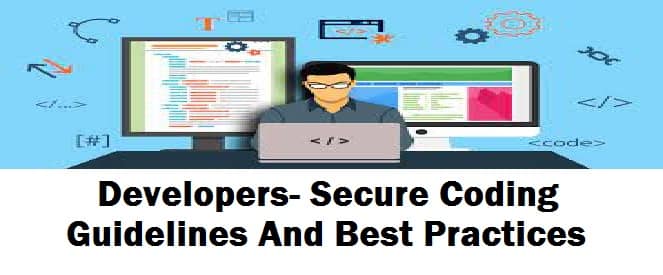
With secure coding standards in place, one can design and develop software by avoiding all the weaknesses which mark their way towards security-related vulnerabilities by sticking to specific standards as well as best practices. This is where OWASP secure coding practices 2021 are recommended to avoid such errors and mistakes in early development stages.
Now, how much security is needed, or when do we know that our software is secured and what are its standards? We have uploaded the OWASP secure coding checklist and cheatsheet. This will help you pinpoint and keep the most obvious standards insight.
With each day frauds and security threats have increased and a new variety of security theft can also be seen even in most secured software.
In recent times the UIDA’I program got tampered with for personal data, thus we do not know how much security is needed for the software and what are the standards unless and until we know about the threats involved. We recommend you follow OWASP guidelines and quick references wherever possible.
We cannot provide 100% security as it is not possible but if risks and securities are analyzed then the team can work to mitigate these.
So, the first one needs to identify and analyze the risk and security involved in the application and check out for all the possible options to mitigate them and pick the best option.
Once it has been identified, it helps to cater to all such issues.
For instance, when we plan to make an application related to health care then the top security risk is to steal and get personal health data.
Contents
Why Security Implementation in Code fails

- We prioritize functional release rather than security aspects.
- Not being aware of software security and security thefts.
- Not enough clarity on the program.
- Program being complex.
- Not having enough data, information on a system where being deployed.
- Security is not under any consideration, especially in SDLC phases.
- Not having enough knowledge and understanding language used in the software.
- Team and developers not having enough knowledge regarding security coding guidelines.
Now, all the developers might not know about an app’s security and have in-depth knowledge of vulnerabilities as most of the time they would be familiar with how to code functionally and not how to code securely, there is a big difference.
The first thing that needs to be done to train people on secure coding aspects, best security coding practices and correct usage of tools in the organization
The most important principle is to
“Implement Security by Design and Default”
Secure Coding Guidelines by OWASP (Quick Reference)

At the start of application development, we need to identify these as it helps team members to take care of secure defaults and help protect the software from different attacks.
Make sure that the team sticks to this standard despite the coding language and tools being used.
Following are some examples that need to be implemented in secure code design by default:
- Date base encryption, file encryption as well as data element encryption.
- Keys, passcodes as well as certificates to be stored and protected in proper and authentic ways.
- Encryption of communication channels for the protection of authentication tokens.
- Restrict access to unauthentic users and implement authentication at each layer. This is also taught in the CEH v11 coursebook.
Choose a Secure Language

This might not be dependent on secure coding. To build secured software there is no such thing as secured or unsecured language.
It’s all how we use this language to build software and how much the developer has deep knowledge regarding coding language in the implementation of security aspects.
Be clear of the fact that secure coding standards are not dependent on the selection of language, the secure code best practices are dependent on language, dependent on platform and implementation.
Examples
- Buffer overflow vulnerabilities vary from language to language but C, C++ and assembly are most susceptible because of their memory management capabilities which are not updated. Many standard C lib functions like strcpy() and memcpy() are vulnerable to buffer-overflow attacks, now incorrect use of these might result in buffer-overflow.
- One of the common issues in apps that are based on Java is possible to resource leaks which happen due to open system resources like socket, database connections as well as files.
After this, let’s check out tools to be used in applications to optimize security. By using tools like integrated development environments, then it would be good as they provide alerts to all their users and bring attention to these and also improve the software’s quality.
- Integration of open-source plug-ins like spring tool suite, eclipse, RAD with IDE is used to help developers to write secure code. They detect as well as identify vulnerable code and give alerts.
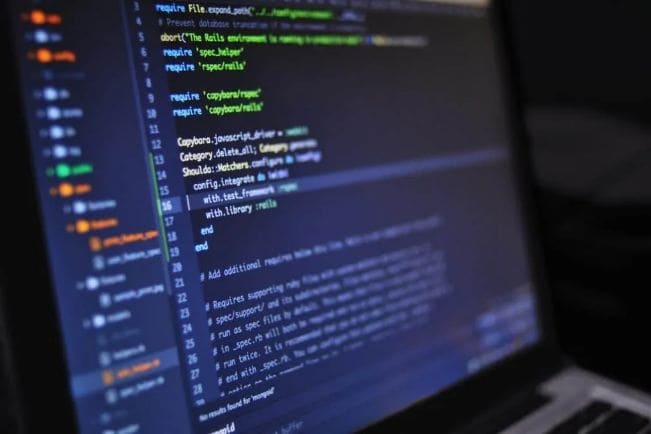
One also needs to use the static and dynamic analyzers as they are used to improvise the software’s security aspects. These are generally optimized for a particular kind of error so they find a huge number of false positives while identifying certain errors. At times it is also possible that they miss out on the actual errors as well.
Therefore, it is suggested that you use multiple static analyzers in order to have better coverage of various kinds of errors and also to avoid many false positives. Sometimes it is suggested to carry manual testing in order to eliminate false positives.
RECOMMENDED: Best IDE Software for C and C++.
OWASP Secure Coding Practices Checklist PDF (New)
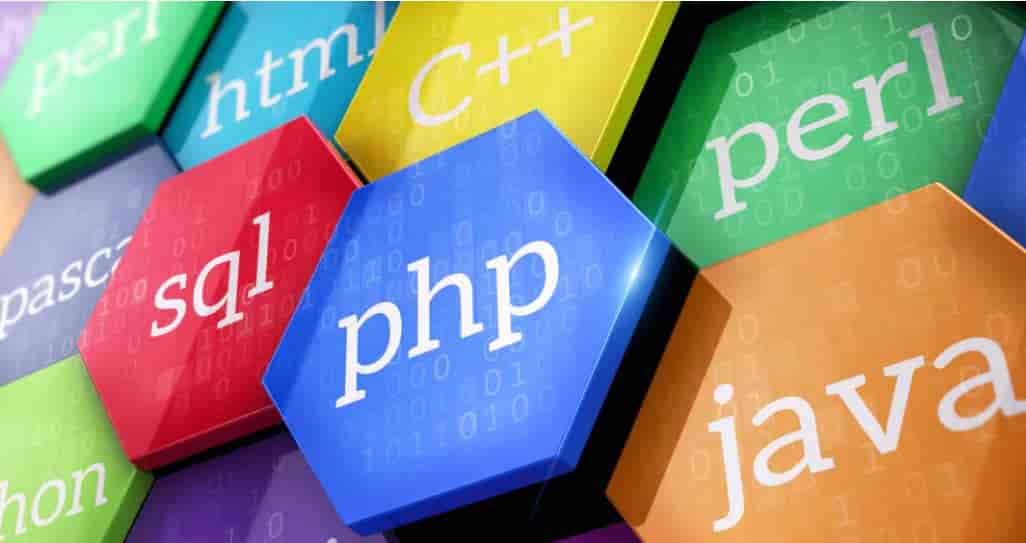
Input Validation and errors
- Don’t have trust in input, consider centralized input validation.
- Don’t depend on client-side validation.
- Always be careful with canonicalization problems.
- Constrain, reject and sanitize input whereas always validate for kind, length, format as well as range.
Authentication and Logins
- Only over the HTTPS connections pass the forms authentication cookies.
- Always encrypt communication channels in order to protect authentication tokens.
- Make sure to not store any credentials.
- Always provide support to password expiration periods as well as account disablement.
- Use strong passcodes.
- Make sure to partition the website by identified, anonymous as well as authenticated area.
Authorization best practices
- Use accounts that are least privileged.
- Authorization granularity needs to be under consideration.
- Enforce separation of privileges.
- Restrict user access towards system-level resources.
- For authentication and authorization using OAuth 2.0 protocol.
- Carry API validation.
- List down all allowable methods.
- Give protection to privilege actions and sensitive resource collections.
- Protect against all cross-site resource forgery (CSRF).
Managing your sessions
- On the server create a session identifier and make sure the server is secure.
- End session with logoff.
- Create a new session on re-authentication.
- Set secure attribute for cookies transmitted over TLS.
Cryptography and Encryption
- Use this while date is in transit, storage, motion, and message integrity.
- Make sure to use tested platform features.
- Keep unencrypted data close to the data algorithm.
- Use correct key size and algorithm.
- Avoid key management.
- Periodically cycle the keys.
- Store keys in restricted areas.
- Try to encrypt data with open-source encryption tools.
Log files and Trails
- Make sure to identify the malicious behavior.
- Get to know hot good traffic is like.
- Through all applications, tiers make sure to audit and log activity.
- Secure access to log files.
- Make sure to back up and analyze the log files regularly.
Output Encoding
- Make sure to carry out input validation like XML, JSON, and others.
- Do use parameterized queries.
- Carry out schema validation.
- Carry out encodings like XML, JSON, and others.
- Send out security headers.
ALSO READ: The top choice of programming language for Cyber Security.
Common errors in programming
- Make sure to use one-way hash without salt.
- Not correct calculation of buffer size.
- Code downloads without any integrity check.
- Incorrect authorization.
- Buffer copy without checking input size.
You should also check out the ethical hacking cheat sheet for quick reference and awareness. It goes over various different attack and defense vectors.
OWASP Secure Coding Cheat Sheet Download
Life is too short to figure everything out. It is the same in application security. This is where the OWASP secure coding cheat sheet comes into play. It has various guidelines and tips that can help you achieve a secure environment and app quicker than using traditional methods.
Download OWASP Secure Coding Cheat Sheet PDF
OWASP Secure Coding Practices 2022
There are rules for everything, this is where best practices are used as they are a result of decades of experience, hard work and intelligence. Below is the much-requested OWASP Secure Coding Practices 2022 PDF document that you can save, print, or hang in the office. These can help any beginner or experienced developers and programmers to make sure their code is secure from hackers, XSS attacks and any major vulnerabilities before being pushed to a production environment or software.


